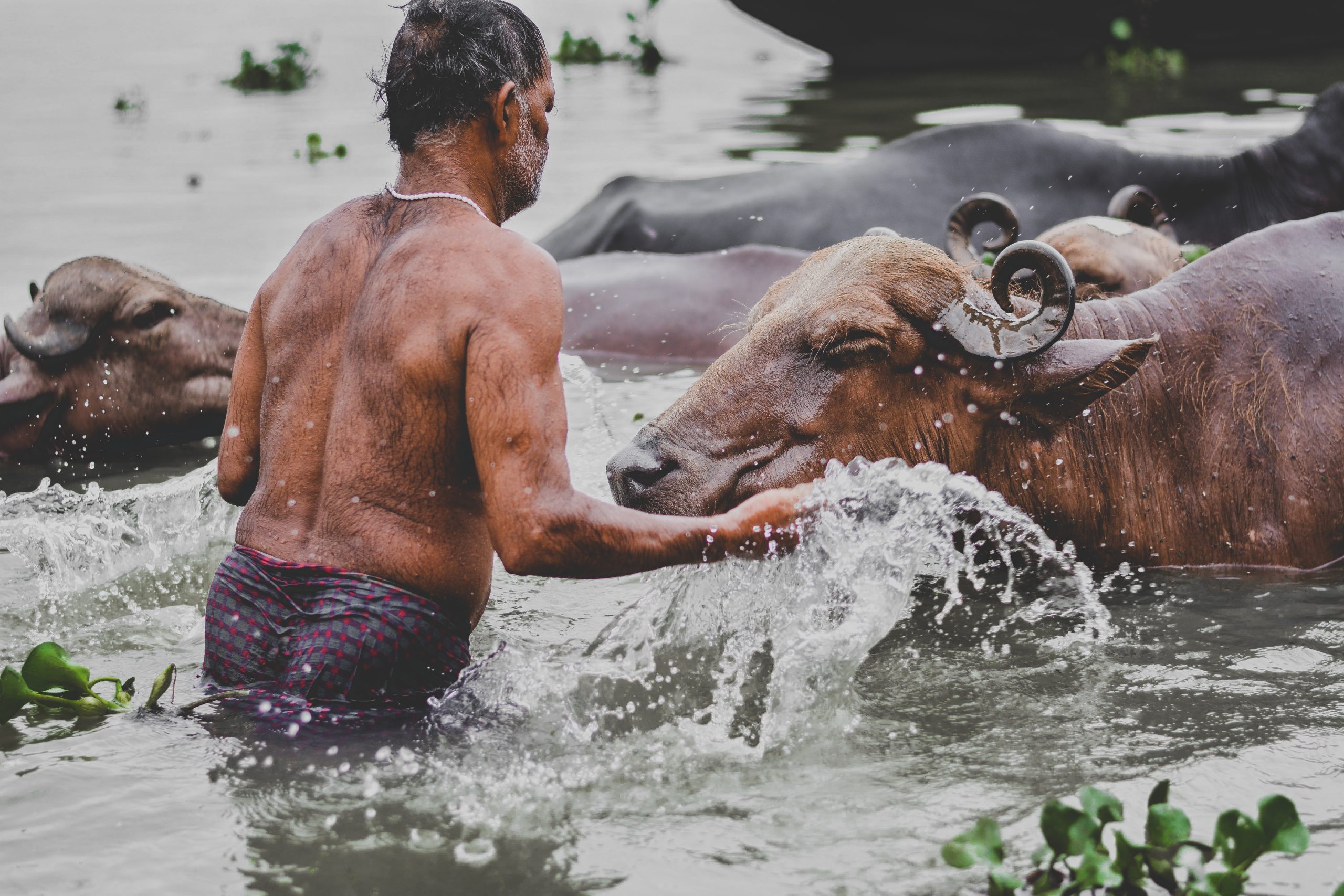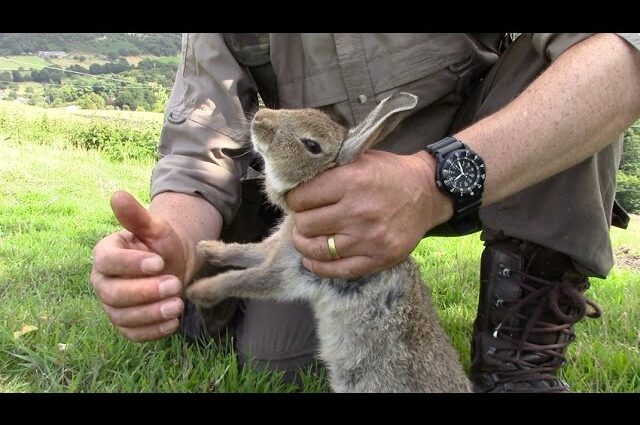Farm Ranch
How to become a cattle rancher

Have you ever dreamed of becoming a cattle rancher? If so, you’re in luck! Cattle ranching is an incredibly rewarding and challenging industry that offers a great opportunity to those looking to start a business or invest in an agricultural lifestyle. In this beginner’s guide, we’ll cover all the basics of cattle ranching and provide you with the tips and advice you need to get started on your cattle ranching journey.
Why Cattle Ranching?
If you’ve always been drawn to the open plains, the idea of raising and caring for animals, and the potential for running your own business, then cattle ranching might just be the career for you. Livestock ranching has been a way of life for centuries, providing not only a source of income but also a connection to the land and the animals. Becoming a cattle rancher allows you to work outdoors and experience the satisfaction of raising healthy, happy cows. Plus, the demand for beef and other cattle products is constantly increasing, making this a viable and profitable industry. Whether you envision yourself owning a cow ranch or working on someone else’s farm, the life of a cattle rancher can be a rewarding one.
What You’ll Need
Before you dive headfirst into the world of livestock ranching, it’s important to make sure you have the proper resources and equipment. Here are some of the essentials you’ll need to start your cow ranch:
Land: Obviously, you’ll need a suitable piece of land to house and graze your cattle. Depending on the size of your operation, you may be able to start with just a few acres, or you may need hundreds or even thousands of acres. Look for a property with fertile soil, access to water, and good grazing areas.
Fencing: One of the first things you’ll need to do is put up a sturdy fence around your property. This will keep your cows from wandering off and help keep out predators like coyotes and wolves.
Shelter: You’ll also need a place for your cows to shelter from the elements, whether that means a simple lean-to or a more elaborate barn. Make sure there is enough room for all your animals to stay comfortable and protected.
Equipment: Depending on the size of your operation, you may need a variety of equipment, including a tractor, hay baler, and livestock trailer. It’s also a good idea to have basic ranch tools like shovels, hoes, and pitchforks.
Livestock: Of course, you can’t have a cow ranch without cows! Make sure to choose a breed that is well-suited to your area and your specific goals, whether that means meat production, dairy production, or a combination of the two. Start small with a few cows and work your way up as you gain experience and confidence.
Starting a cattle ranch can be a big undertaking, but with the right resources and equipment, you’ll be well on your way to a successful and rewarding venture in livestock ranching.

The First Year
The first year of cattle ranching can be overwhelming for beginners. There’s so much to learn and so many tasks to manage. However, with the right approach, you can navigate this initial phase of your cattle ranching journey with ease.
Here are a few tips for surviving your first year of cattle ranching:
- Get familiar with your cattle: Spend time observing your cattle to understand their behavior and personalities. You can also hire a veterinarian to perform regular check-ups on your herd to ensure their health.
- Create a plan for grazing and feeding: Work with an expert to determine the optimal amount of land needed to support your cattle. Decide on the type of feed you’ll provide your herd and how often you’ll need to supplement their grazing with it.
- Keep records: Keep track of your expenses, inventory, and production rates. This will help you assess the profitability of your cattle ranch and make necessary changes to optimize profits.
- Stay informed about local laws and regulations: Learn about laws governing livestock operations in your area, including permits, zoning, and animal welfare requirements.
- Build a network of support: Cattle ranching is a community effort, and you’ll need help from neighbors, family, and professionals in your industry. Join a local cattle ranchers’ association or attend industry conferences to network and learn from other experienced ranchers.
Beyond the First Year
Congratulations on making it through your first year as a cattle rancher! You have overcome a lot of challenges and learned so much in this time. But the journey is far from over, and there’s still a lot more to learn and achieve.
One of the first things to consider beyond your first year is expanding your herd. If you started small, you may have learned that it takes a certain number of cattle to make a profit. Look for opportunities to acquire more cattle and grow your business. You can also consider improving your existing herd by breeding or buying quality genetics.
Another important consideration is managing your pastures. Overgrazing is a common issue in cattle ranching that can lead to pasture quality and productivity loss. Develop a rotational grazing plan to allow your pastures to recover and promote healthy growth. You may also consider implementing regenerative grazing practices, which focus on restoring soil health and increasing biodiversity.
Marketing your cattle is also crucial beyond the first year. Consider the most profitable channels for selling your cattle, such as auction houses, direct-to-consumer sales, or contract agreements. Develop relationships with buyers and work to maintain the quality of your cattle to keep them in demand.
Lastly, continue your education and network with other cattle ranchers. Join local and national cattle organizations to learn about industry trends and best practices. Attend conferences, workshops, and seminars to gain valuable insights and knowledge. These resources can help you make informed decisions and stay competitive in the cattle ranching business.
Read Also :
Tips to Keep Your Cattle Healthy This Monsoon Season
How livestock farming affect the environment
0 Comments
Leave a Reply
Cancel reply
Farm Ranch
What to Look for During a Quick Rabbit Inspection Before Selecting

If you’re thinking of adding a rabbit to your family, it’s important to do a quick inspection of the rabbit before selecting them. During this quick inspection, there are several key elements you should look for to ensure that you’re selecting a healthy and happy bunny. These elements include body condition, coat quality, eyes, ears, teeth, and behavior. By taking the time to properly inspect a rabbit before selecting it, you can rest assured that you are making the best decision for both you and your new furry friend.
Farm Ranch
Know Your Rabbit’s Mood and Behavior

Do you have a pet rabbit? Are you curious about its moods and behaviors? If so, you’re not alone! Knowing your rabbit’s mood can help you to provide better care and understand their needs better. To help you get started, this blog post will provide you with the tools and tips you need to become bunny-savvy and learn how to identify when your rabbit is feeling fear, anger, or happiness. So let’s get started and learn more about how to know your rabbit’s mood!
Farm Ranch
The Hoppy Food Pyramid: Essential Nutrients for Your Rabbit’s Diet

For rabbits, feeding a well-balanced diet is essential for maintaining their health. To ensure that your rabbit gets the right balance of nutrition, it’s important to follow a food pyramid for rabbits. Feeding rabbits on coarse feed is key, as it ensures that they receive the necessary amounts of fiber and carbohydrates. The hoppy food pyramid is a great way to make sure your rabbit gets all the essential nutrients it needs for a healthy diet. It’s also important to give your rabbit plenty of fresh vegetables and fruits to supplement their diet. By following the hoppy food pyramid, you can ensure that your rabbit gets the right nutrition and stays healthy.
Trending

 Cats1 year ago
Cats1 year agoDon’t Feed Your Cat These 8 Foods!

 Cats11 months ago
Cats11 months agoWhy Do Cats Spray and How Can You Stop Them? Insights into Urine Spraying in Male Cats

 Cats10 months ago
Cats10 months agoThe Ins and Outs of Cat Sterilization: Removing the Female’s Ovaries

 Cats10 months ago
Cats10 months agoPre-Vaccination Prep: Getting Your Cat Ready

 Cats9 months ago
Cats9 months agoWhy Kittens are Born Dead or Deformed

 Dogs2 years ago
Dogs2 years agoSo You’re Thinking About Getting a Poodle

 Dogs10 months ago
Dogs10 months agoWhat to Do With Your Dog’s Body After Death: A Guide for Pet Owners

 Cats9 months ago
Cats9 months agoSigns of Cat Pregnancy Week by Week


















Pingback: Your Checklist for Successfully Selecting the Right Sheep for Breeding
Pingback: The Checklist You Need for Visual Appraisal of Cows
Pingback: Why Test Your Cow For Pregnancy? Reasons Every Farmer Should Know
Pingback: How livestock farming affect the environment